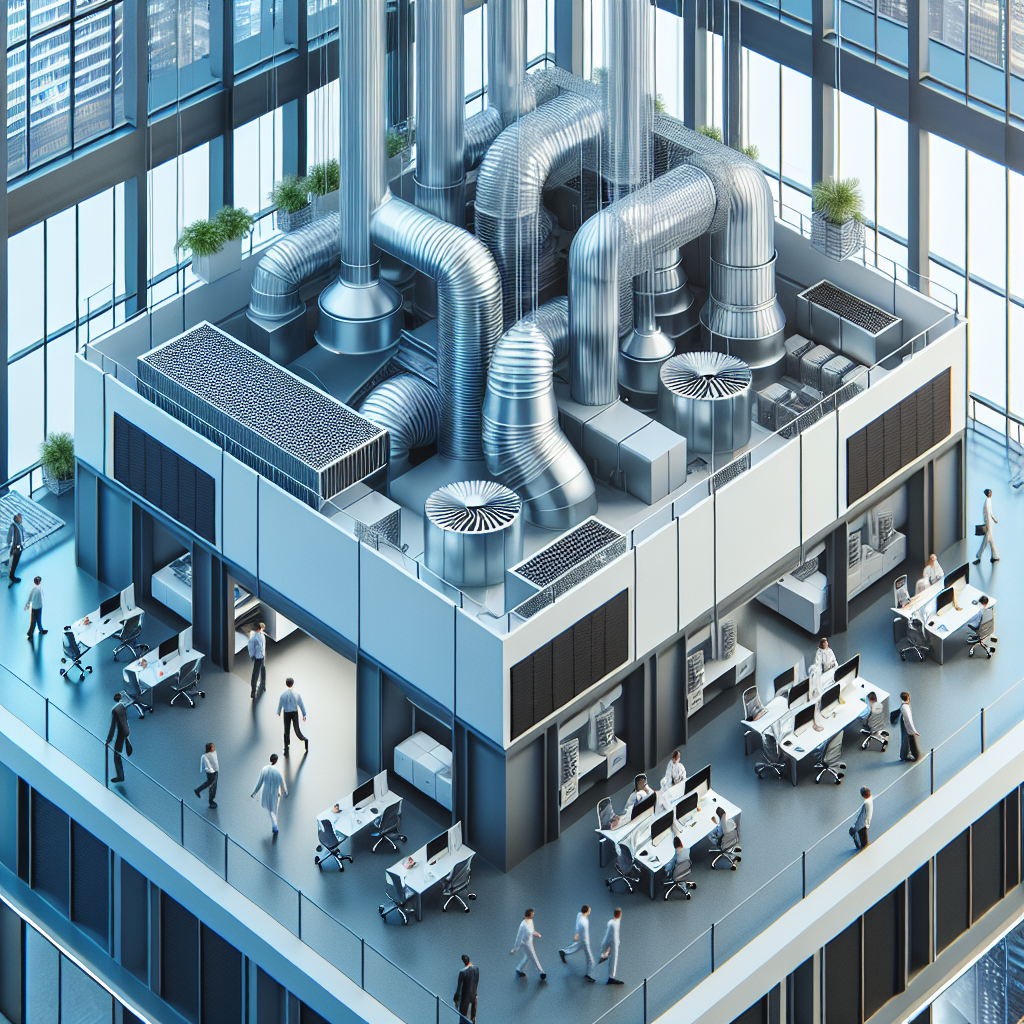When it comes to designing a commercial space, one of the most important considerations is ventilation. Proper ventilation is crucial for maintaining a healthy and comfortable indoor environment, as well as ensuring the safety and well-being of occupants. In this article, we will discuss some key ventilation design considerations for commercial spaces.
First and foremost, it is important to consider the size and layout of the commercial space when designing the ventilation system. The ventilation system should be able to adequately circulate air throughout the entire space, ensuring that all areas receive sufficient fresh air and that indoor air quality is maintained at a high level. This may require the use of multiple ventilation units or strategically placed vents and ductwork to ensure proper air distribution.
In addition to the size and layout of the space, the type of commercial activity taking place within the space will also impact the ventilation design. For example, spaces with high occupancy levels, such as restaurants or retail stores, may require higher ventilation rates to accommodate the increased levels of carbon dioxide and other pollutants produced by occupants. On the other hand, spaces with high levels of pollutants, such as industrial facilities or laboratories, may require specialized ventilation systems to remove contaminants from the air.
Another important consideration when designing ventilation systems for commercial spaces is energy efficiency. Energy-efficient ventilation systems can help reduce operating costs and environmental impact, while still providing adequate ventilation for occupants. This can be achieved through the use of energy-efficient ventilation units, such as variable air volume (VAV) systems or demand-controlled ventilation systems, which adjust ventilation rates based on occupancy levels and indoor air quality.
Proper maintenance and regular servicing of ventilation systems are also essential for ensuring optimal performance and prolonging the lifespan of the equipment. This includes regular filter changes, cleaning of ductwork and vents, and inspection of motors and fans to ensure they are functioning properly. Neglecting maintenance can lead to poor indoor air quality, increased energy consumption, and potential health risks for occupants.
In conclusion, ventilation design is a critical aspect of commercial space design that should not be overlooked. By considering factors such as the size and layout of the space, the type of commercial activity, energy efficiency, and maintenance requirements, designers can create a ventilation system that provides a healthy and comfortable indoor environment for occupants while minimizing operating costs and environmental impact. Investing in a well-designed ventilation system is essential for the long-term success and sustainability of any commercial space.


Leave a Reply